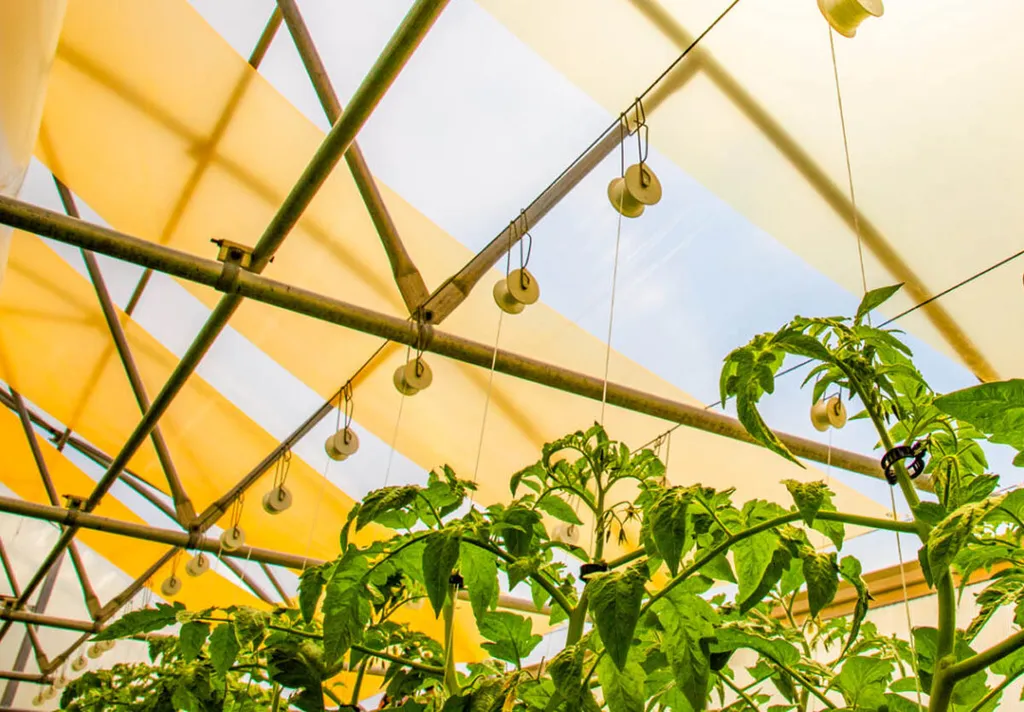In the ever-evolving landscape of modern agriculture, a tiny yet powerful innovation is making waves—quantum dots (QDs). These nanoscale materials, ranging from 1 to 10 nanometers, are revolutionizing how we approach crop production, sustainability, and environmental impact. A recent review published in *Discover Materials* delves into the synthesis, applications, and potential risks of QDs in agriculture, offering a glimpse into a future where nanotechnology plays a pivotal role in feeding the world.
Quantum dots, with their unique optical and electronic properties, are not just a marvel of modern science but a game-changer for the agriculture sector. “QDs exhibit tunable fluorescence, high photostability, and size-dependent emission,” explains lead author Wan Nur Zarifah Wan Azamuddin from the Department of Bioprocess Technology at Universiti Putra Malaysia. “These properties make them incredibly versatile for various agricultural applications.”
The review highlights the significant impacts of QDs on crop yields, photosynthesis, and nitrogen uptake. Semiconductor QDs and carbon quantum dots (CQDs) have been shown to increase crop yields by 15–40%, enhance photosynthesis by 56%, and boost nitrogen uptake by 30%. These improvements are not just incremental; they represent a substantial leap forward in agricultural productivity.
But how do QDs achieve these remarkable results? The answer lies in their unique properties and synthesis methods. QDs can be synthesized using either top-down or bottom-up approaches, allowing for precise control over their size, composition, and functionality. This precision is crucial for tailoring QDs to specific agricultural needs, such as improving root health and water efficiency, which are critical for sustainable crop production.
However, the successful application of QDs in agriculture is not without its challenges. Understanding the uptake mechanisms of QDs in plants is essential for maximizing their benefits. Additionally, addressing concerns related to their toxicity and environmental impact is paramount. “While the potential of QDs is immense, we must ensure that their use is safe and sustainable,” Wan Azamuddin emphasizes.
The review also explores the commercial implications of QDs in agriculture. With the global population expected to reach 9.7 billion by 2050, the demand for sustainable and efficient agricultural practices has never been higher. QDs offer a promising solution to meet this demand, potentially transforming the agriculture sector and ensuring food security for future generations.
As we look to the future, the role of QDs in agriculture is poised to expand. Ongoing research and development will likely uncover new applications and improve existing ones, making QDs an integral part of modern farming practices. The review published in *Discover Materials* serves as a crucial step in this journey, providing a comprehensive overview of the current state and future potential of QDs in agriculture.
In the words of Wan Azamuddin, “The future of agriculture lies in innovation, and QDs are at the forefront of this revolution.” As we continue to explore and harness the power of these nanoscale materials, we edge closer to a future where sustainable and efficient agriculture is not just a goal but a reality.

